Nicaraguan Rajuanse Estate Honey processed Marsellesa cultivar coffee from Buena Esperanza.
Nicaraguan Coffee
Nicaragua began growing coffee in 1790, introduced by Catholic Missionaries as a curiosity. As global demand increased, the government implemented a subsidy from 1979 to 1889. Coffee remained Nicaragua’s main export through various political regimes until the early 1990s. The coffee price crash in 1999 severely impacted the sector, compounded by Hurricane Mitch in 1998 and a drought around the millennium. Since then, Nicaraguan coffee production has recovered, and quality has improved.
Rajuanse Estates
Rajuanse Estate’s Buena Esperanza coffee farm, located in a mountain valley in Matagalpa, Nicaragua, was originally a 2,818-hectare timber operation owned by an American lumber company since the 1960s. In the early 1970s, the farm began transitioning to coffee production. Political events in the late 1970s and 80s caused national instabilities, affecting farming. Don Manuel, one of the original workers, planted the first coffee plants and now serves as the farm’s historian. The farm, situated in a valley with many microclimates, treats different coffee plant varieties. Elevation ranges from 1100 to 1200 meters, with an average annual rainfall of 3000 mm. Buena Esperanza holds certifications from Rain Forest Alliance and Café Practice.
Honey Processing
We actually had a WhatsApp discussion with Ramiro to clarify their process here is a summary of that discussion:
For their special reserves, the team picks coffee only during the morning shift. They select lots based on a good Brix reading. Both naturals and honeys follow the same protocol. Morning picking minimizes field time and speeds up the drying process.
Next, they pass the cherries through a mechanical siphon to sort out floaters, keeping only dense cherries. They then wash the cherries. Naturals go into plastic crates and head to the dry mill. Honeys get de-pulped, and the beans are placed in plastic bags to retain all mucilage. Once filled, these bags are sent to the dry mill. For honeys, only the pulp is removed, not the mucilage. Varieties influence the amount of mucilage.
The farm calls the facility in advance to prepare for the delivery. Upon arrival, they weigh the cherries and place them on raised racks. They ensure the cherries are no more than an inch high on the racks for even drying. During the first few days, they shuffle them by hand to ensure uniform drying.
Throughout this process, they purge each rack by removing beans with uneven characteristics. This drying process takes 14 to 18 days, depending on wind and temperature.
Marsellesa Lot
This coffee is from a special lot of Marsellesa grown on Buena Esperanza. It was planted in 2015. It represents a breakaway from traditional density by hectare, and spacing between plants and rows, thus, going out of the box and comfort zone for the engineers of the farm.
Video of the shuffling
Here is a video Ramiro Sent to us. From the Facebook site (it is of the natural shuffling): (click here to view video click here…)
Details of Nicaraguan Rajuanse
Starting Brews
We found reducing the dose a big winner here. Doing so accentuated the sweetness. If you want more nuttiness, increase the dose and keep the yield the same. See more about dose and yield here…
Transparency Information
Sources:
1 Marketing material from Zuka.
2 Conversation with Ramiro.


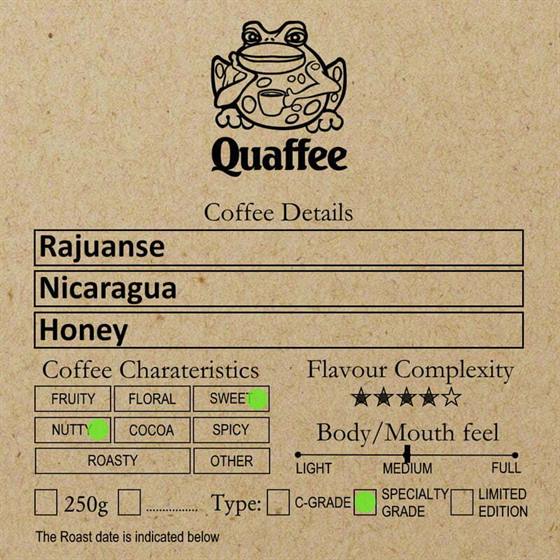
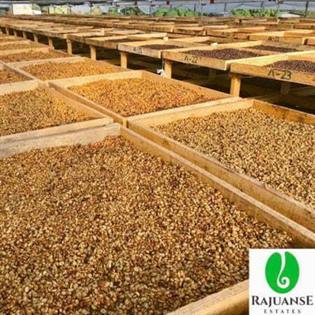
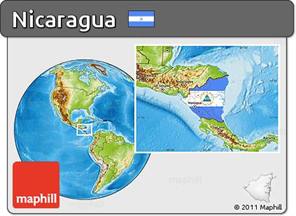
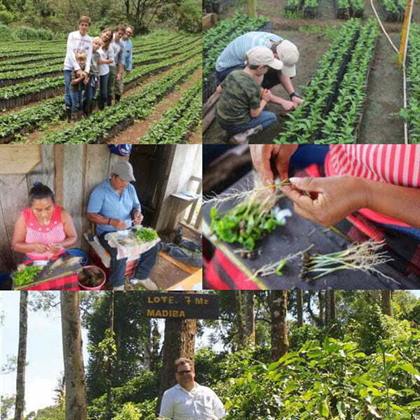
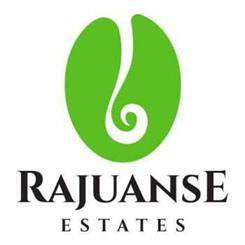

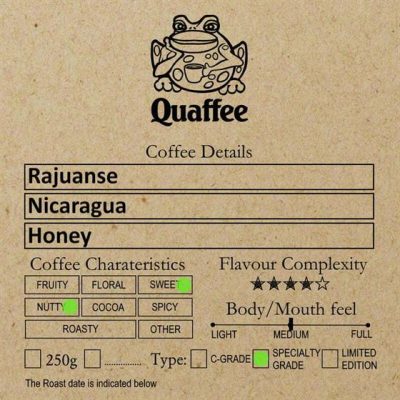
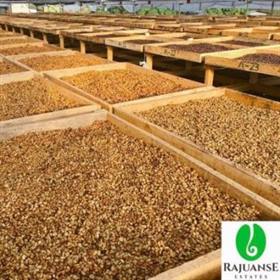
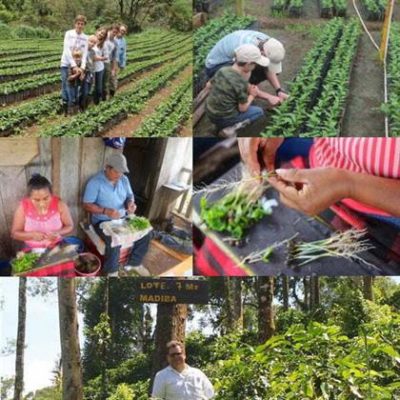

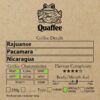
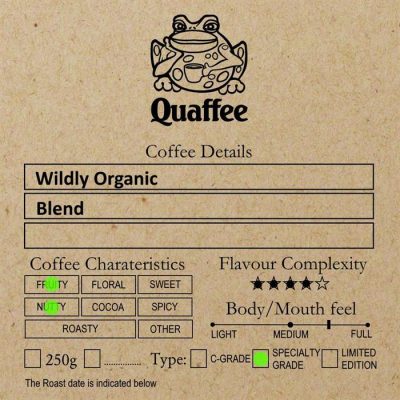
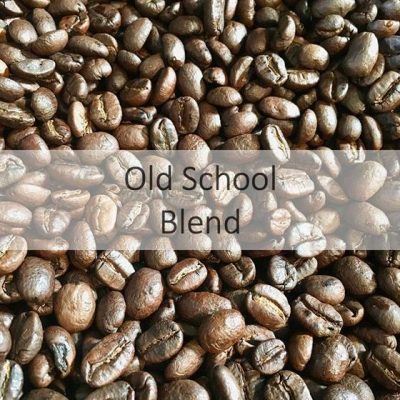


Reviews
There are no reviews yet.